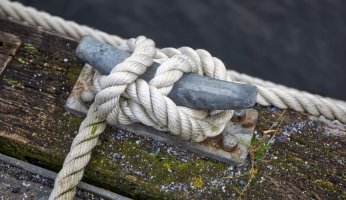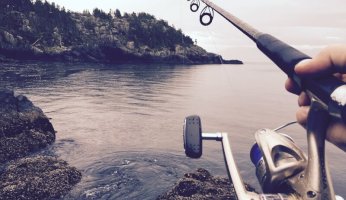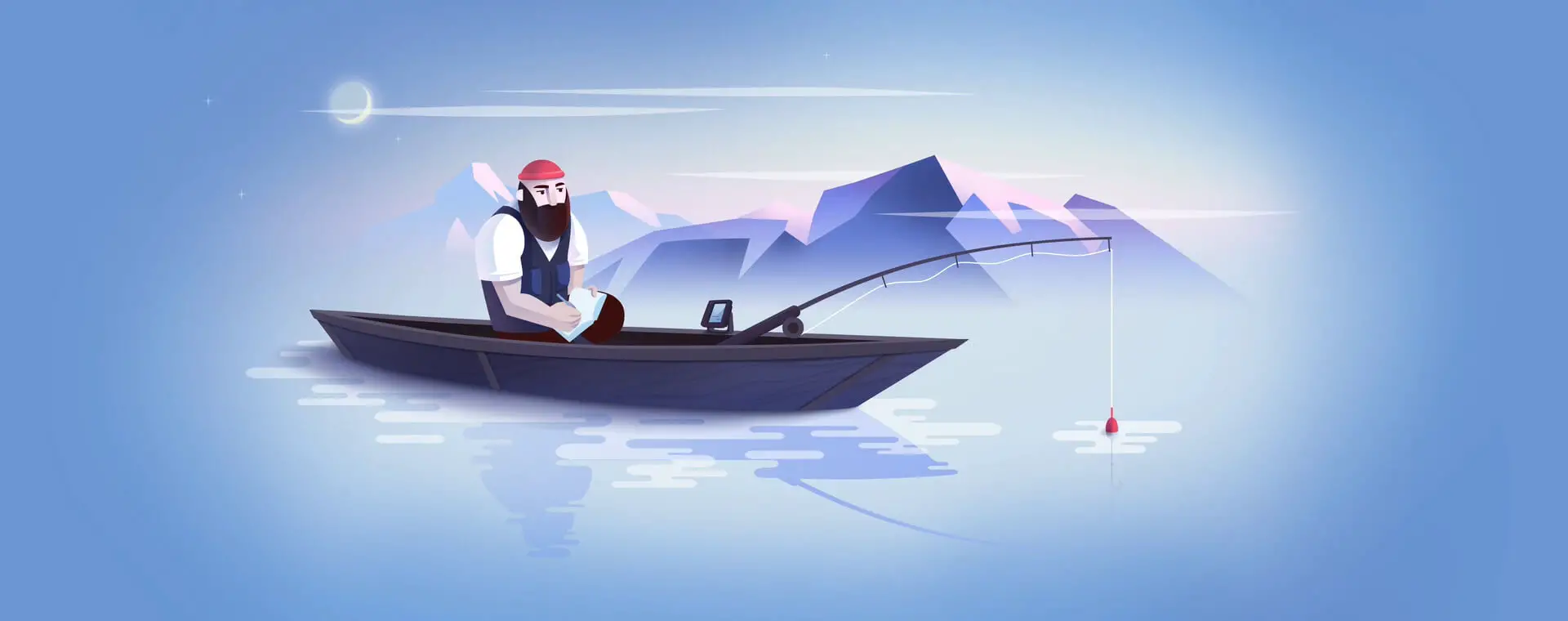Fishing Fiascos
 Fishing Fiascos
gearweare.net
Fishing Fiascos
gearweare.net
Most anglers have been there. You are in the middle of a successful fishing trip and something goes wrong. There are plenty of ways for this to happen, but how you adapt to the situation always determines your success or failure.
Being prepared is the key to any situation like this. It may mean having the right backup gear with you to help with the situation. Experienced fishermen typically take a large amount of gear with them that they know will likely not be used. The longer your fishing career is, the more you know this statement: “It is better to have it and not need it than to need it and not have it.” However, an extensive fishing knowledge and the ability to think and act quickly are more important than any gear.
In this article I will review some of the fishing disasters I have faced and how I was able to successfully make it through them. Hopefully it will help you if you ever run across situations like these.
Table of Contents
Wader Problems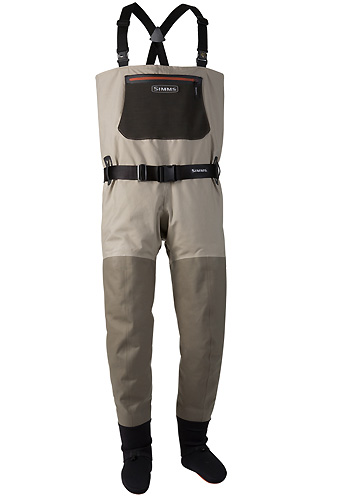
I was in my early twenties fishing with my father and brother-in-law in Northern Arkansas. We were fishing for rainbow trout in the White River as I have since I was a child. My father always warned to never get too deep in the water when wading. He said that waders full of water feel like bricks tied to your feet. I was soon to find out that he was right.
We were not getting much action in the shallow water we were in, so I told him I was going to wade downstream and see what was around the bend. I started walking and noticed that the water was getting deeper. I tried working my way over towards the shore hoping it would shallow, but it did not. It seemed that the water was a straight drop-off from the shore.
I noticed a gravel bar on the other side and decided to try and get to it. I reached the center of the river and the water was hitting only a few inches below the top of my waders. I was moving slowly to be sure I did not step into a deep hole. Right then I felt a rock fall out from underneath my feet. I immediately turned thinking that I had avoided disaster. When the strong current hit the flat of my chest, it kicked up above the top of my waders and started to fill them.
I froze not knowing what to do, but noticed that I was starting to get swept downstream as the water filled around my waist. I had no choice but to try swimming for the shore. I was a lifeguard in high school and am typically a strong swimmer, but this was intense. It took at least four times the effort it would have without the waders. At one point I tried to see if I could get my legs free and leave the waders, but my pants were holding them up. I finally made it to the shore and realized that I still had my fishing rod in my hand. In my panic I never thought to let go of it.
What I learned was that I would have been better to turn sideways and reduce the resistance against the water. My waders likely would not have filled if I had known this.
Broken Reel
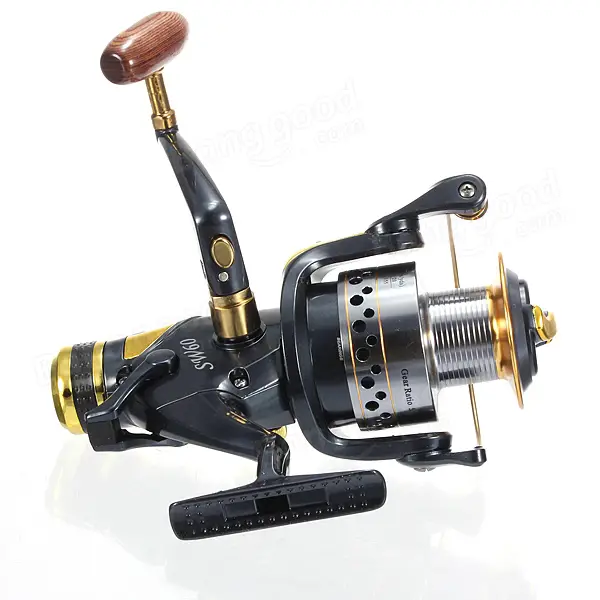
I recall hooking a five pound largemouth bass two summers ago. I was fishing from the shore and started to reel him in when the reel broke. It would not let me retract the line any further. I was not about to let this fish go, so I moved down to the edge of the water and jammed the handle of the rod into the mud. I then sat down with the rod between my legs and hand reeled the fish using a plastic bottle for the line and the rod for support. I was able to land my fish and was quite proud of my catch.
I had a friend with a similar situation a few years back. He was also fishing from the shore, but had no go way to get closer to the water. Instead of trying to hand reel the fish, he walked away from the water’s edge pulling the fish closer. When he had the fish within a few feet of the shore, he tied off the line and went back to the water to hand line the fish.
Either way, the key is the flex of the rod. Never disregard the rod and hand line without it. The line can cut your hands, or you can apply too much resistance breaking the line. The result can be a fish that gets free.
Tangled Line
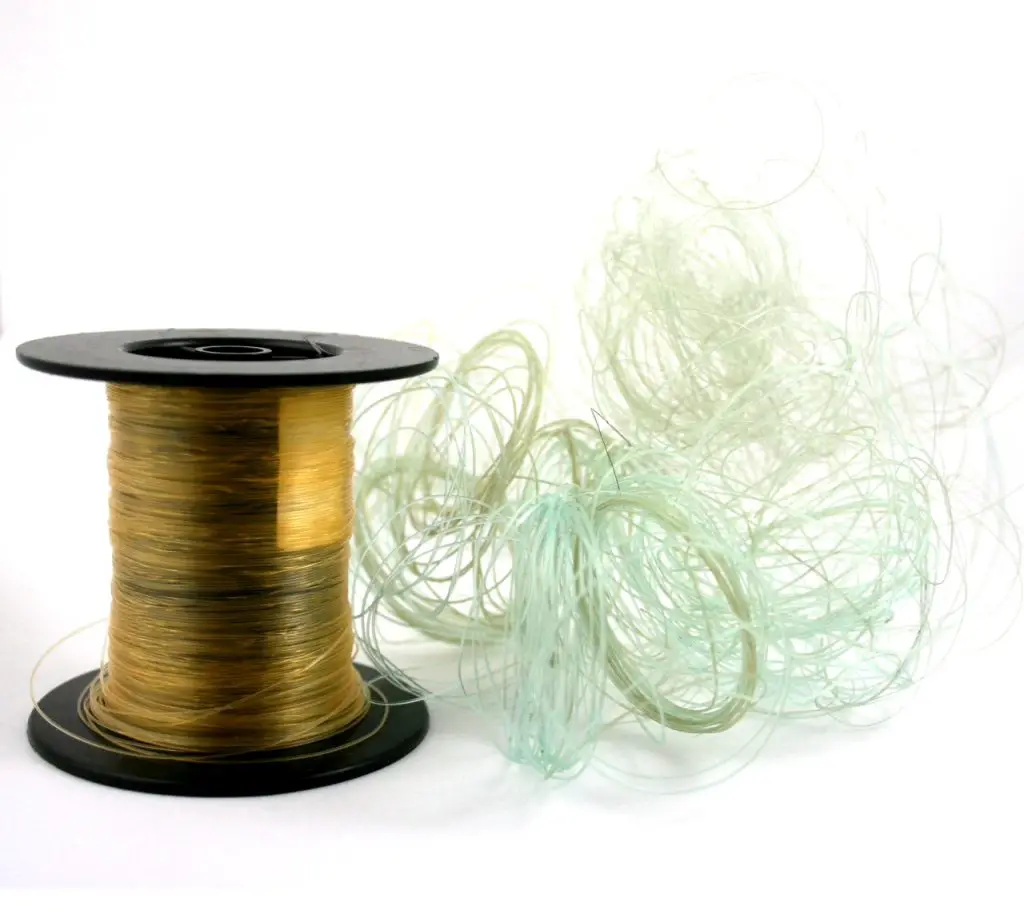
There have been plenty of times that a tangled line was an issue. Most often this is when I re-spooled a reel with new line I had never used before. Unfortunately, some of these times have been with a fish on the line. There have also been times that a hooked fish has swum around a log or branch keeping me from reeling it in. In these cases, I have always been able to work around it.
First, if your line tangles with no fish you have two options. You can cut the line just this side of the tangle and start over. Be aware that you can lose a great deal of line this way. You can also cut the excess line from the tangle leaving two lengths of line connected by a knot. I would only ever suggest this option as a temporary fix as it can affect your cast and make your line more prone to breakage. Be sure to tie a square knot at the tangle before you cut off the slack to ensure it is as strong as possible.
If your line tangles with a fish on the hook, you have to gain access to the line on the fish’s side of the knot. If this is close to you, you can hand line the fish through the reel to ensure the line does not break at the tangle. If the tangle is in the water your best bet is to wade to the fish, net it, and then cut the line free.
Dead Boat Motor
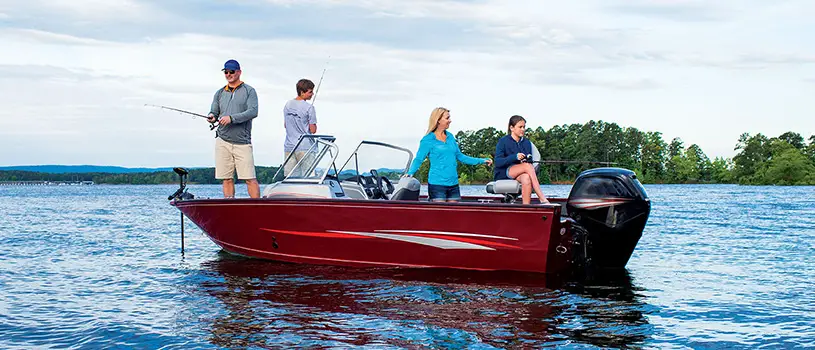
Dead boat motors are fairly common, and are the reason I always carry a paddle and anchor. However, on moving water this can be very dangerous. My uncle has pulled several bodies out of the Eleven Point River. When a flat bottom boat hits a root wad and flips, it can pin a person underwater drowning them. When your engine dies, you have a short period of time to act.
Your first choice is to jump into shallow water and push the boat to shore. Most adults are strong enough to pull a boat to shore if the water is shallow. If you have difficulty, face the nose of the boat upstream to reduce resistance. You can also secure the boat to the shore with a rope. If you have an anchor, you can throw it towards the shore and the current will drag you closer. You can also tie something heavy to any rope and try to wrap it around a tree or branch.
If you have none of these options, you want to use your paddle to stay as far away from root wads as possible. If there is no way to avoid one, jump out of your boat early enough to swim to shore. Replacing your boat is much easier than replacing your life.
There are lots of problems that can happen when fishing. Some are obviously more serious than others. I hope that this article has helped you to think about surprises that may arise so you can be more prepared when they do.





